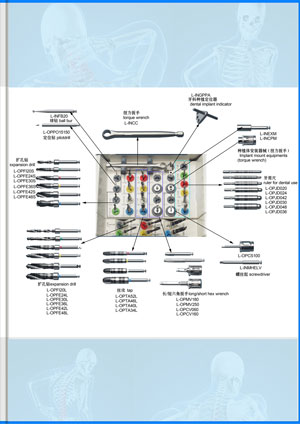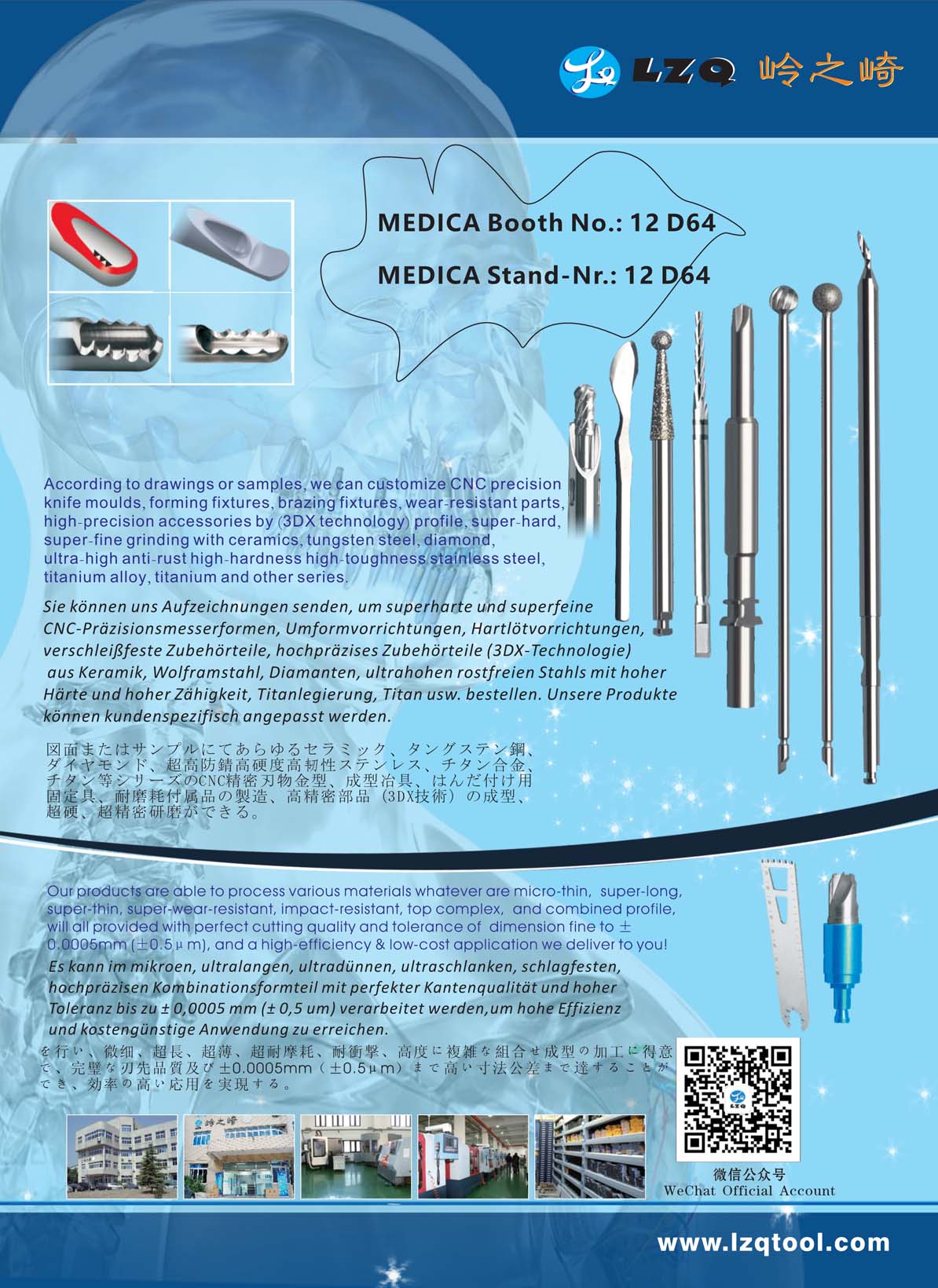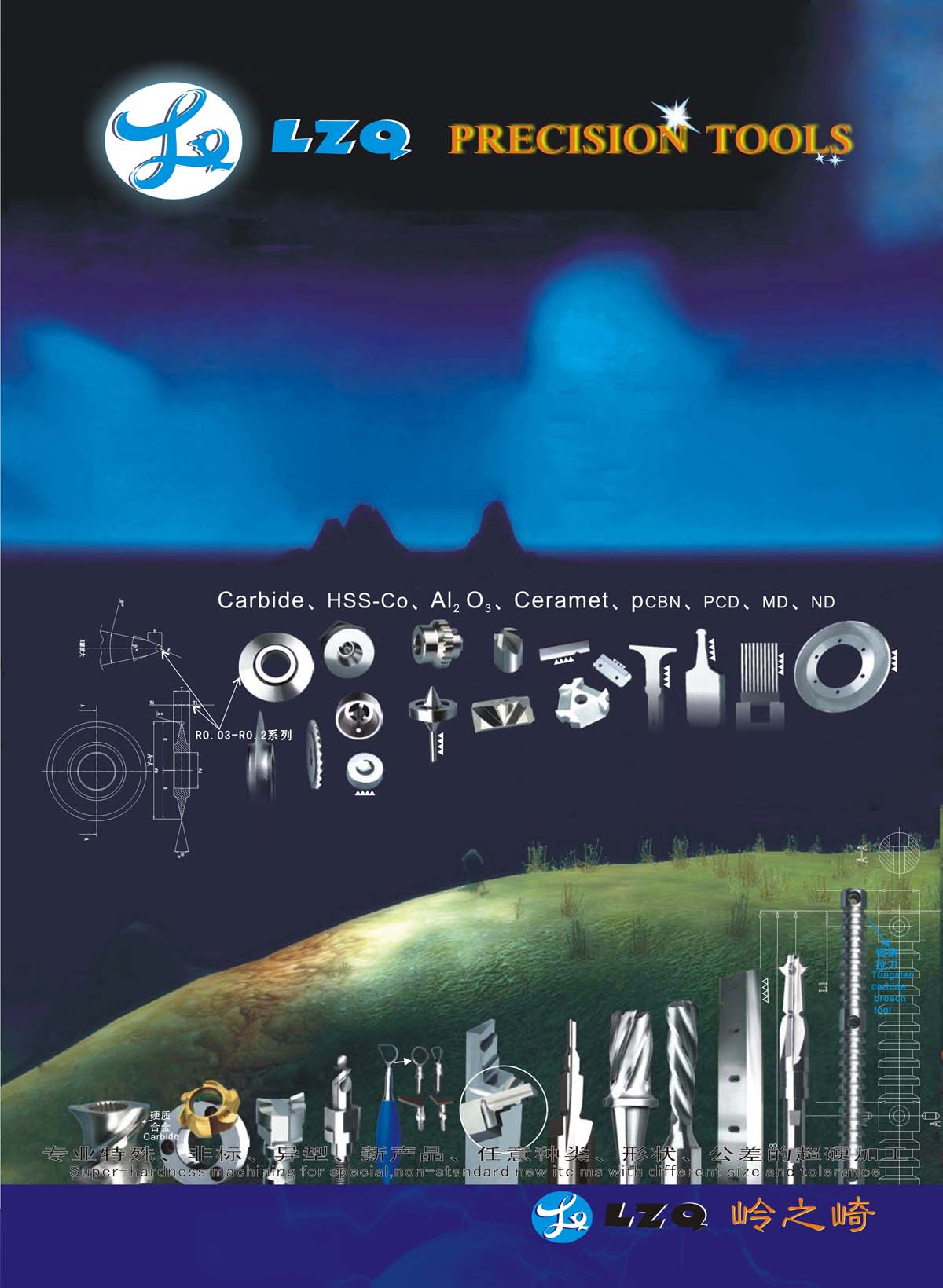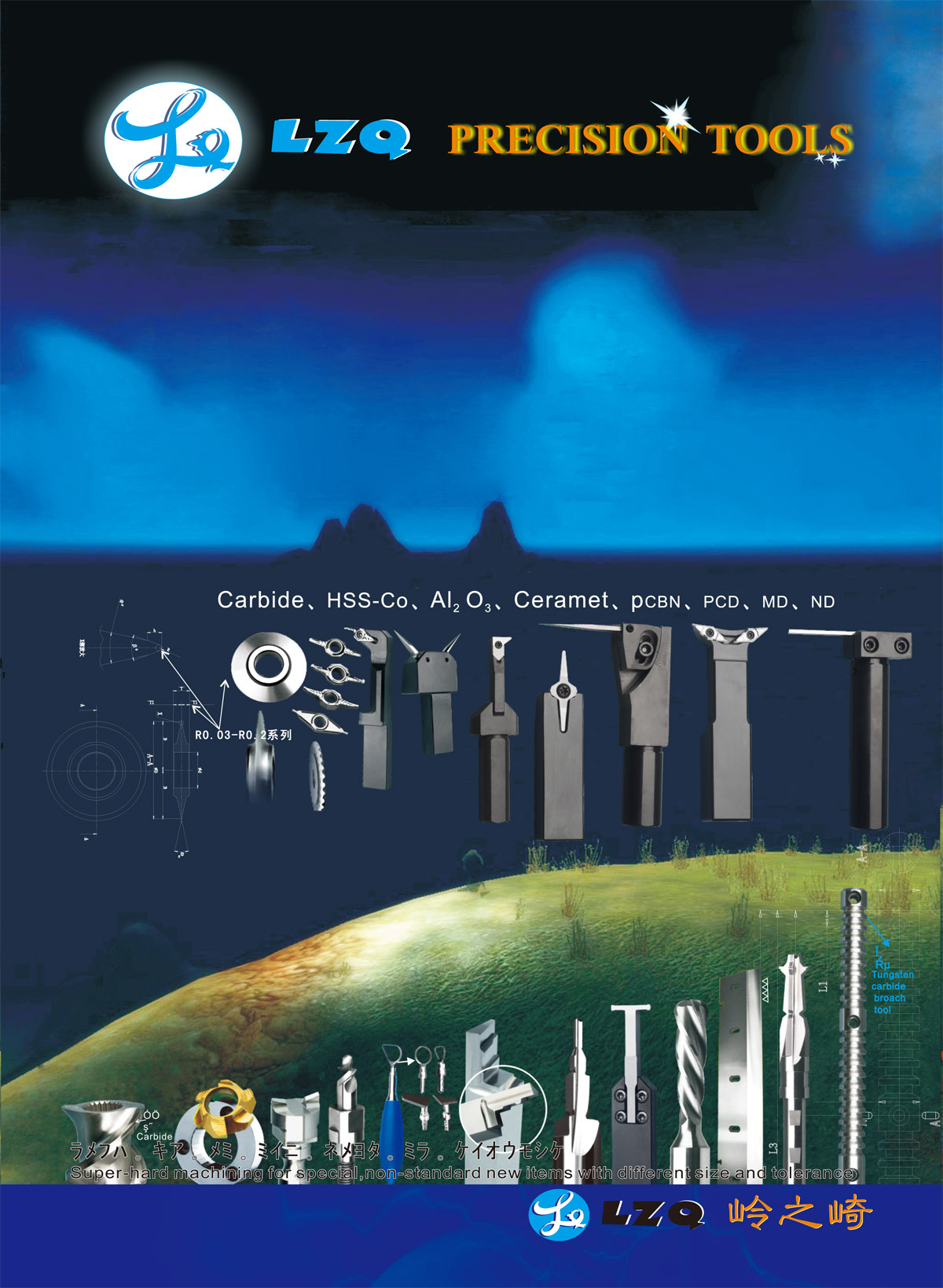Product Details
1. Carbide butt welded process, edge AA
2. Can be processed according to the required number of blades
Head cutting edge material:
1. High hardness & high wear-resisting carbide (hard alloy) (The general is welded AA)(regular stock)(Solid type can be customized) (HRA90°~94°series).
2. High impact resistant & ultra-high wear resistant tungsten steel (carbide) butt welding (AA) (HRA82°~87°series) tungsten steel edge (It can only be customized with big quantity)
3. Super-high anti-rust high wear resistance stainlesssteel series(AA)(HRC54°±2°Section)
4. General anti-rust high wear resistance stainless steel series(A)(HRC56°~64°Section series)
More efficient cutting
Proprietary blade geometry maximizes cutting efficiency so that less force is required to achieve the same cutting performance as other burs.
More control
burs have 83% more cross cuts than regular operative burs to reduce undesirable bur chatter and deliver smoother cutting action.
During the First World War, Jones served as a Territorial Army surgeon. He found that remedy of fractures both at the front and in hospitals at home was inadequate, and his efforts led to the introduction of military orthopedic hospitals. He was once appointed Inspector of Military Orthopaedics, with responsibility over 30,000 beds. The hospital in Ducane Road, Hammersmith became the mannequin for both British and American army orthopedic hospitals. His advocacy of the use of Thomas splint for the initial treatment of femoral fractures reduced mortality of compound fractures of the femur from 87% to less than 8% in the duration from 1916 to 1918.

 +86-021-50327060
+86-021-50327060
 zq@lzqtech.com
zq@lzqtech.com
 Medical Instrument
We can achieve perfect edge quality and dimensional tolerance up to±0.0005mm (±0.5μm) in the process of micro, ultra-long, ultra-thin, super-abrasive, impact-resistant, high-precision and combined ... VIEW MORE
Medical Instrument
We can achieve perfect edge quality and dimensional tolerance up to±0.0005mm (±0.5μm) in the process of micro, ultra-long, ultra-thin, super-abrasive, impact-resistant, high-precision and combined ... VIEW MORE Implant
Corresponding and matching drills and tools of different types, forms, shapes, structures can be high precisely ground to mold according to different brands and different types of implants forms, shap... VIEW MORE
Implant
Corresponding and matching drills and tools of different types, forms, shapes, structures can be high precisely ground to mold according to different brands and different types of implants forms, shap... VIEW MORE Cutting Tools
Super-hardness machining for special, non-standard new ite ms with different size and tolerance. VIEW MORE
Cutting Tools
Super-hardness machining for special, non-standard new ite ms with different size and tolerance. VIEW MORE Accessory Parts
we can customize for you according to your samples or drawings for any manufacturing of ceramic,carbide,stainless high-speed steel, stainless steel, titanium alloy, titanium diamond, etc series, hig... VIEW MORE
Accessory Parts
we can customize for you according to your samples or drawings for any manufacturing of ceramic,carbide,stainless high-speed steel, stainless steel, titanium alloy, titanium diamond, etc series, hig... VIEW MORE






































































































 +86-021-50327060
+86-021-50327060 
 NO.1269 Plant, Jinhu Road, Jinqiao Export Processing Zone, Pudong New District, Shanghai, China.
NO.1269 Plant, Jinhu Road, Jinqiao Export Processing Zone, Pudong New District, Shanghai, China. 
